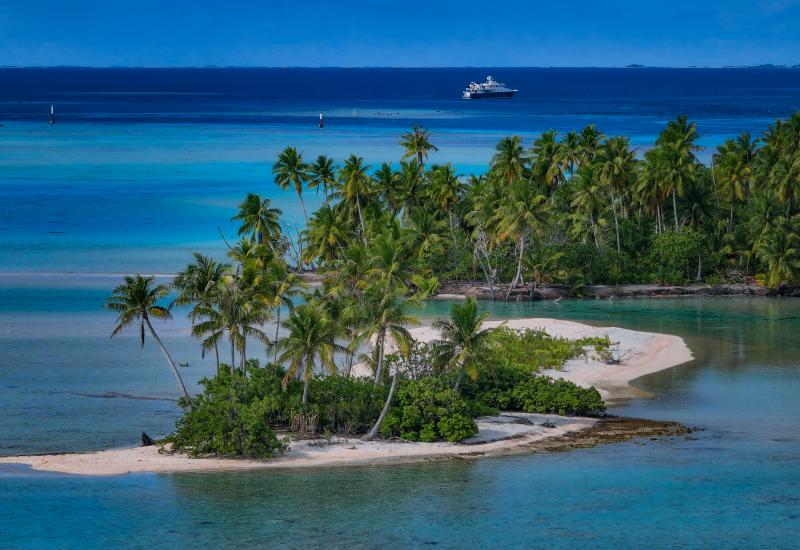Bay Islands

From the massive whale sharks of Utila to the huge crack in the reef at Mary’s Place on Roatan; from Guanaja’s Jado Trader to the Caribbean reef sharks of Cara a Cara Point, Honduras’s Bay Islands have long been noted for the great variety of dive experiences that they offer. They’ve got wrecks, walls, reefs and animal encounters. If you’re looking for something special, you don’t have to look any farther than the Bay Islands.
Roatan The vast majority of reefline around the largest of the Bay Islands, lies close offshore and follows the contours of the island’s coastline. Cara a Cara Point, however, juts out at a right angle from the south shore. Thanks to its proximity to deep water, the point is a favorite hangout of Caribbean reef sharks. The 300-foot Odyssey was sunk in 2002 off Roatan’s north shore. The top of the bow is at 70 feet and the stern is resting on the sand at 110 feet. You can explore the intact stairwells of the stern accommodation quarters, where you’ll find barracuda, jacks and parrotfish. Mary’s Place is one of the most popular dive sites on Roatan, and is marked by a giant cut in the wall as wide as 12 feet in some places. At certain times during the day, sunlight streams into the crevice, illuminating the colors of the reef; at other times, low light creates an eerie mood.
Utila Off the southern shore of Utila, an underwater mountain rises from the seafloor, stopping just 35 feet short of breaking the surface and becoming an island. Drop down deep over the side of the seamount at Black Hills to start your dive and then work your way around and back toward the top. Another recommended site is Duppy Waters on the eastern edge of Turtle Harbour, where enormous barrel sponges sprout from the beautiful reef. Utila is still at the top of the list of Caribbean whale shark hot spots. The biggest fish in the sea congregate around the banks north of the island and may be encountered year-round, though the sightings occur most dependably March through May, and August through October.
**Weather: **Daytime highs hit the mid-80s and drop to the mid- to high 60s at night. The rainy season runs from December through January.
**Average Water Temp: **Ranges from the low 80s in summer to high 70s in winter.
Average Visibility: 80 feet, less when storms and runoff muddy the ocean.
**Entry Documents: ** A passport that is valid for at least six months from arrival date is required. Keep the tourist visa you’ll be issued on arrival.










